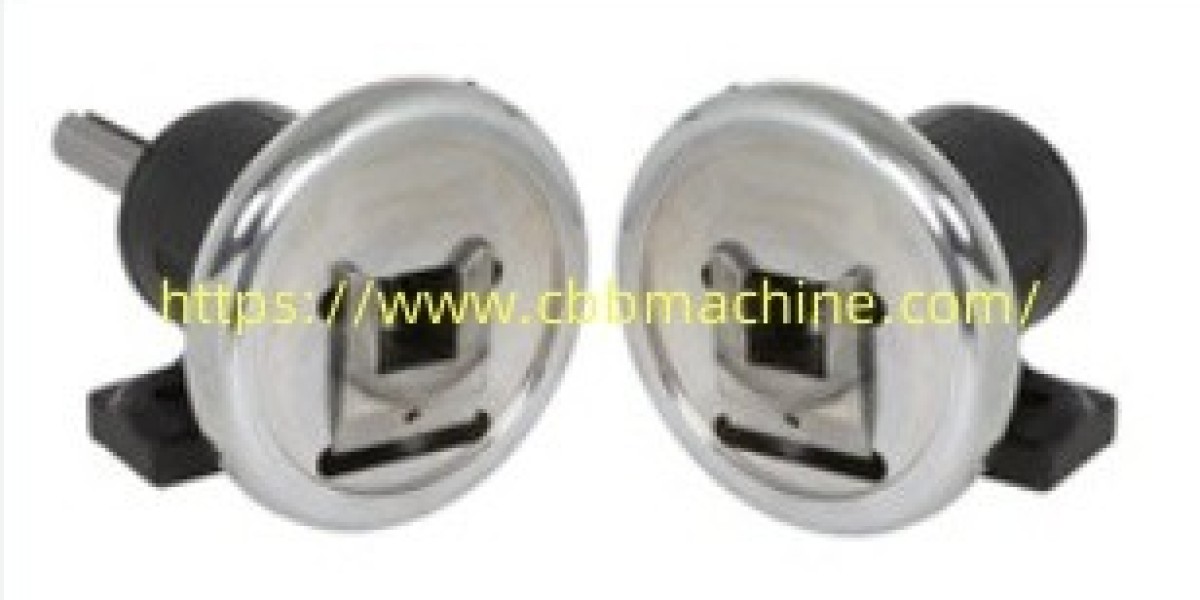In modern industrial winding and unwinding systems, ensuring efficient torque transmission often begins with a Safety Chuck integrated precisely into the machine's design. These mechanical components are crucial for handling web tension and rotating shafts safely and effectively. Their presence improves production security, reduces downtime, and protects the drive mechanism by ensuring quick coupling and decoupling of rotating spindles during material changes or emergencies.
Safety chucks are commonly used in industries involving film, foil, paper, textiles, and other web-based materials. Whether in slitter rewinders or extrusion lines, they offer secure clamping for shafts and accommodate high-speed operation. Their unique design allows machine operators to insert and remove air shafts without fully stopping the system, maintaining productivity during shaft exchanges.
There are two common types: flange-mounted and foot-mounted safety chucks. Flange-mounted chucks are typically fixed to the machine wall, offering high strength and alignment accuracy. Foot-mounted versions provide flexibility in installation and can be bolted onto any flat base. Both types come with square inserts in varying dimensions to accommodate different shaft ends. Some designs also offer customized inserts or replaceable wear parts to extend operational life.
The primary benefit of these components lies in their automatic locking mechanism. When a shaft is loaded, the chuck locks securely and only unlocks upon deliberate manual release or mechanical disengagement. This prevents accidental decoupling, which could otherwise result in damage or operator injury. Moreover, modern chucks are often made with hardened steel or alloy materials to withstand heavy loads and continuous usage.
One notable evolution in the industry is the use of modular designs. This allows users to swap out worn inserts or damaged parts without replacing the entire chuck. Additionally, many advanced versions now support integration with tension control systems or torque limiters, offering greater automation and precision.
Routine inspection and maintenance play a key role in sustaining performance. Users should check the locking mechanism, lubricate moving parts, and monitor wear in inserts or bushings. Replacing components at regular intervals helps avoid failures that could disrupt production. Maintenance teams should also verify alignment and balance, especially when chucks operate at high rotational speeds.
Some applications demand quick-release options, which are increasingly available in new chuck models. This allows for rapid changeovers in fast-paced production environments, minimizing setup times and reducing operator strain. The quick-release variant further enhances safety, as it typically requires fewer manual adjustments.
For companies seeking long-term reliability, investing in well-engineered safety chucks improves both performance and protection. Selecting the correct model requires evaluating the machine configuration, load capacity, and operating speed. Expert consultation is often recommended when specifying new equipment or upgrading an existing line.
To learn more about the types, functions, and upkeep of these vital components, visit https://www.cbbmachine.com/news/industry-news/safety-chucks-function-types-maintenance-and-more.html








